Expansion of Adventure Tourism
The expansion of adventure tourism is emerging as a significant driver in the Mountain And Ski Resort Market. As travelers seek unique and exhilarating experiences, resorts are diversifying their offerings to include activities such as snowshoeing, ice climbing, and backcountry skiing. Recent statistics indicate that adventure tourism has grown by approximately 25% in recent years, reflecting a shift in consumer preferences towards more active and immersive experiences. This trend not only attracts a wider range of visitors but also encourages longer stays and increased spending at resorts. By capitalizing on the adventure tourism trend, the Mountain And Ski Resort Market may experience substantial growth and diversification in its customer base.
Increased Participation in Winter Sports
The Mountain And Ski Resort Market is experiencing a notable rise in participation in winter sports, driven by a growing interest in outdoor activities. Recent data indicates that approximately 30 million individuals engage in skiing and snowboarding annually, reflecting a steady increase in enthusiasts. This surge in participation is likely to enhance the demand for ski resorts, as more individuals seek destinations that cater to their recreational needs. Furthermore, the increasing popularity of winter sports among younger demographics suggests a potential for sustained growth in the Mountain And Ski Resort Market. As resorts adapt to this trend by offering tailored experiences and programs, they may attract a broader audience, thereby bolstering their market presence.
Investment in Infrastructure Development
Investment in infrastructure development plays a crucial role in the Mountain And Ski Resort Market. Many resorts are currently upgrading their facilities to enhance visitor experiences, which includes the construction of new lifts, improved lodging options, and expanded dining facilities. According to recent reports, investments in infrastructure have increased by approximately 15% over the past few years, indicating a strong commitment to enhancing the overall guest experience. This trend not only attracts more visitors but also encourages longer stays, which can significantly boost revenue for resorts. As resorts continue to innovate and improve their offerings, the Mountain And Ski Resort Market is likely to benefit from increased patronage and customer satisfaction.
Growing Demand for Eco-Friendly Practices
The Mountain And Ski Resort Market is witnessing a growing demand for eco-friendly practices among consumers. As environmental awareness rises, many resorts are adopting sustainable practices, such as utilizing renewable energy sources and implementing waste reduction programs. Recent surveys indicate that over 60% of skiers prefer resorts that prioritize sustainability, suggesting that eco-conscious initiatives could be a key differentiator in attracting customers. This shift towards sustainability not only aligns with consumer preferences but also enhances the reputation of resorts within the Mountain And Ski Resort Market. By investing in green technologies and practices, resorts may not only appeal to a broader audience but also contribute positively to the environment.
Technological Advancements in Customer Experience
Technological advancements are significantly transforming the Mountain And Ski Resort Market, enhancing customer experiences through innovative solutions. The integration of mobile applications for booking, real-time snow conditions, and personalized recommendations is becoming increasingly common. Recent data suggests that resorts utilizing technology to streamline operations and improve guest interactions have seen a 20% increase in customer satisfaction ratings. Furthermore, the use of virtual reality for marketing and training purposes is gaining traction, allowing potential visitors to experience the resort virtually before making a decision. As technology continues to evolve, its impact on the Mountain And Ski Resort Market is likely to grow, offering new opportunities for engagement and revenue generation.


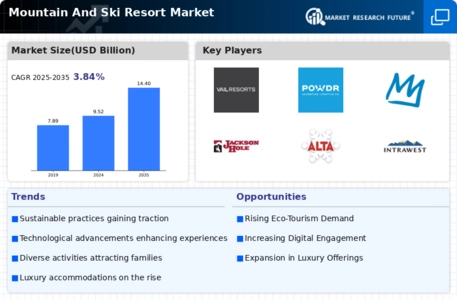

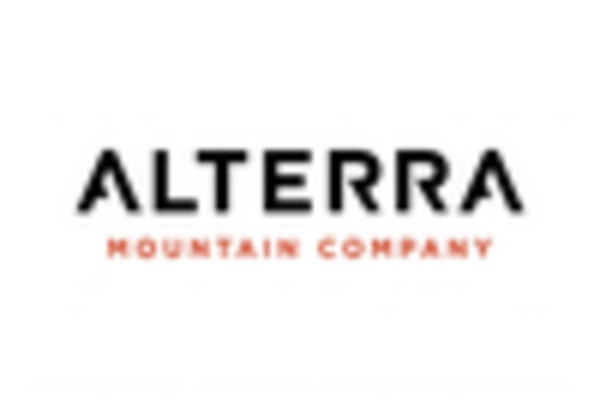
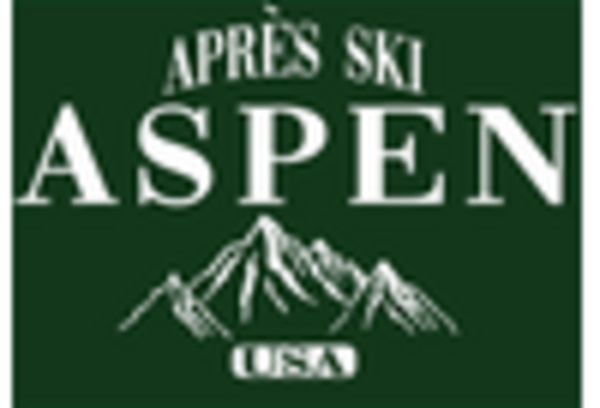
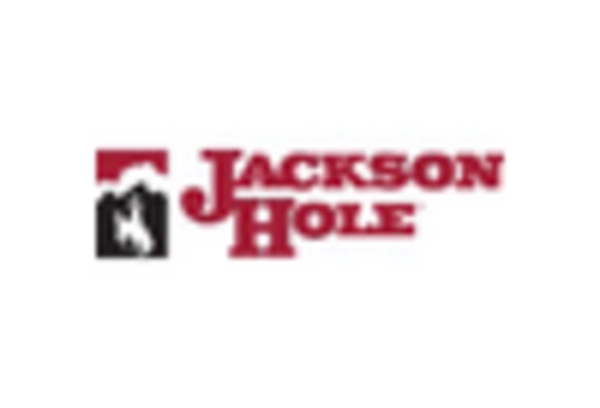
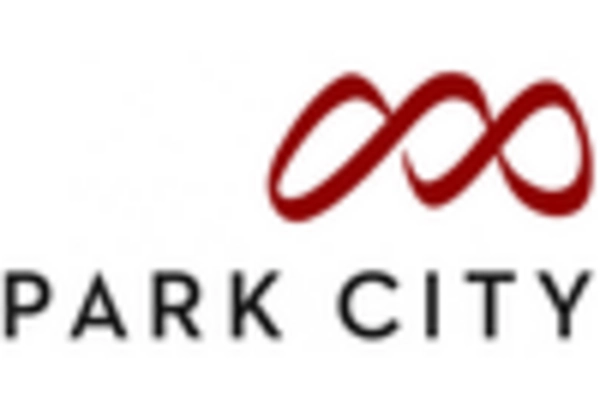










Leave a Comment